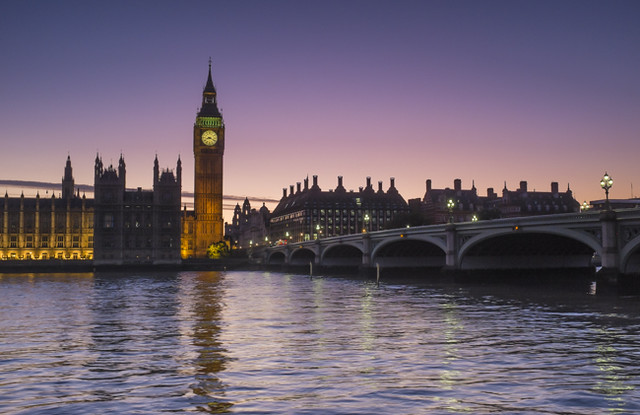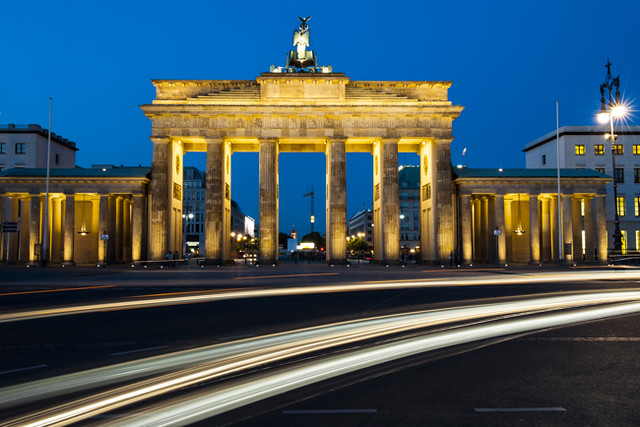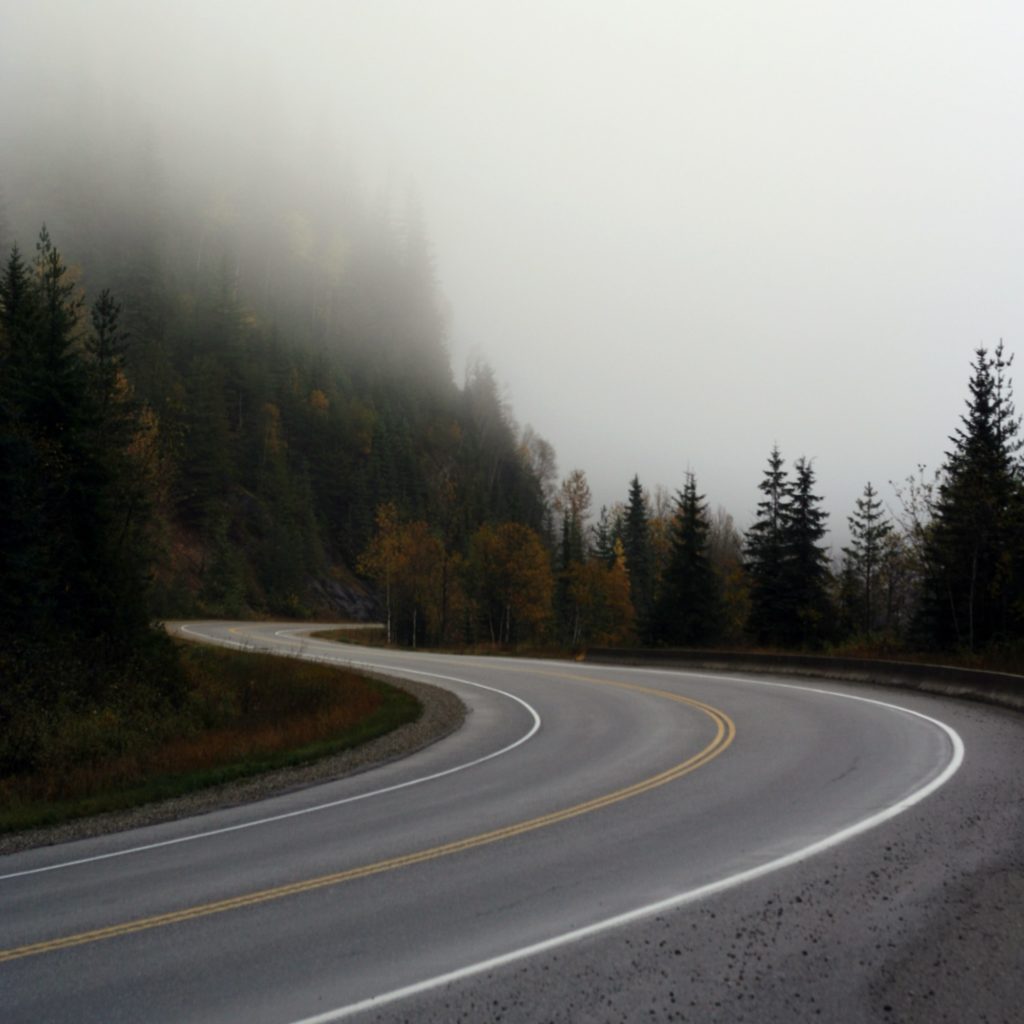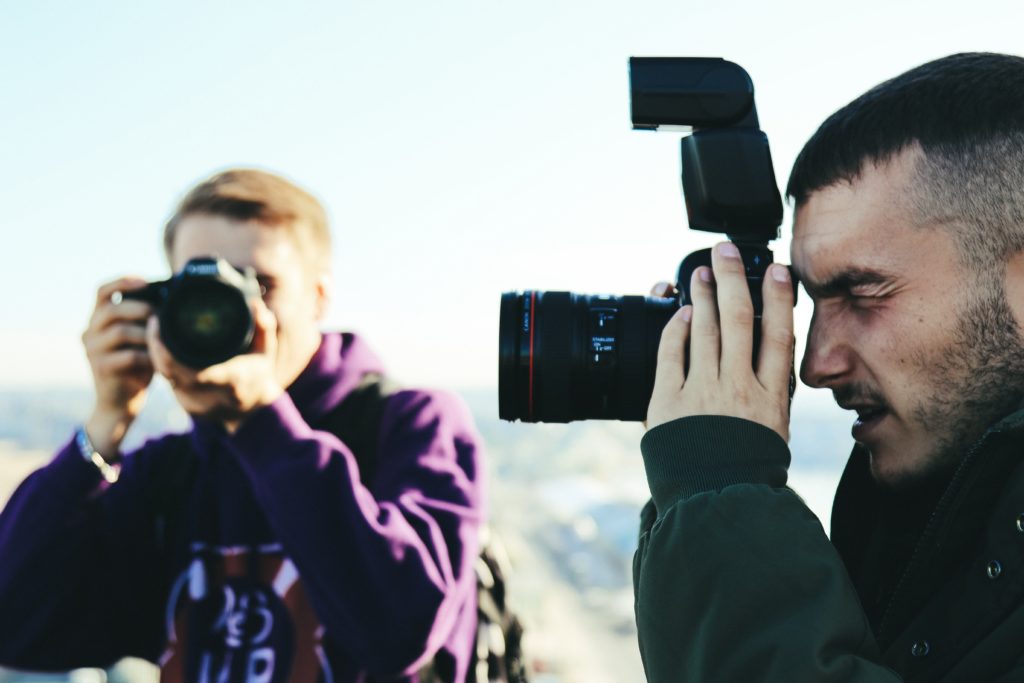Your first shots in your photographic journey were probably taken because you had the camera in your hand and the scene in front of you looked great. As your photographic knowledge and experience progressed, you probably found yourself passing a scene and thinking, that looks ripe for a great photo, I must come back with my camera. At this point, you have started your move into previsualization. Today we are going to take a brief look at previsualization, what it is, and how you can achieve it.
Seeing But Not Photographing
This is perhaps a good way to describe previsualization. The concept is simple as the name suggests. It is the ability to create the required image in your mind’s eye before you actually take it. Although it sounds simple, it does require some experience and a good knowledge not only of your camera and its lenses, but also of the way the light interacts with your scene.
Perhaps the greatest proponent of previsualization was Ansel Adams and it was he who perhaps summed it up best with a single sentence, “You don’t take a photograph, you make it.” By this, he meant that to create a great shot, you need to work out everything that goes into making that photograph before you actually take it. So how do we mere mortals go about previsualizing our shots?
Creating the Composition
As a photographer, you should train your eye to see photographically, even if you don’t have a camera with you. The location might be a local landmark or a stunning landscape that you have seen on your travels. The key is to be able to look at that scene and compose it in your mind. Do you need a wide angle lens? Perhaps it would look better with a more compressed perspective, where are the thirds? Are there any leading lines? Record that scene in your mind as you want it to appear in your final image.

Visiting without a camera can help you previsualize. Photo by Jason Row Photography
Understanding the Light
Now that you have the composition in your mind, you can think about the light. When is the best time of day going to be? Where will the shadows fall? What position will the sun be in the sky? Does the shot need clouds or will it be okay with a blue sky? Perhaps a stormy sky will be best? If you are a smart phone user, you can use an app to determine exactly where the light is going to be for a given time and location. It will help you previsualize exactly where the light will fall on your scene. If, like me, your memory is not fantastic, you can take a camera phone shot to help you work out where the light will fall.

Understanding how the light will fall is an important aspect of previsualization. Photo by Jason Row Photography
Nail the Technical Aspects
Even if you have visualized the composition and the light, you will not get a great shot without understanding the technical challenges. Return to the image in your mind’s eye and question what you will need to accomplish the shot. Will the light be low? If so, should I take a tripod? What filter should I take? Maybe that lake will benefit from a polarizer, or the sky a graduated ND. What depth of field will make this shot work? Do I want that foreground to be razor sharp or will it aid composition to to have it a little out of focus. Make sure that you understand the capabilities of your camera, work out potential problems with the dynamic range or the white balance and find ways of solving them.

Know the technical requirements to get the shot. Photo by Jason Row Photography
Taking Making the Shot!
The chances are that having previsualized a shot on location, you will not be there at the right time to take that shot. Now you need to plan to be there not only at the right time of day but also in the right lighting conditions. The former is easy, the latter is a lottery. Don’t necessarily wait for the perfect conditions, they may never arise, but if the weather looks favorable head out to the location, you might get lucky, you might not. If not, try again another day until you achieve your shot.

This shot was previsualized using Google Earth and imagining how the shot would look in the blue hour. Photo by Jason Row Photography
The ability to previsualize is a powerful and important technique for any photographer. It’s not something that may come easily to everyone but as with anything in life, practice makes perfect. Look for a location in you local town that you can visit easily and often. Use that as a training tool for your previsualization. Imagine the shot as you want it to be then go and take that shot when the conditions are optimum. As the old adage goes, if at first you don’t succeed, try, try, try again.





2 Comments
Excellent post, Jason! I’m very pleased to see that you used your own pictures too, more of that please. I love the ‘technical requirements’ image.
Hi Jason, what a good brush up on one of the most important things in picture creation. Like you I use Google Earth, but also maps with terrain levels and then the app Excate Golden Hour which gives you a load of valuable information. Best, Steen, http//:www.steenknarberg.com